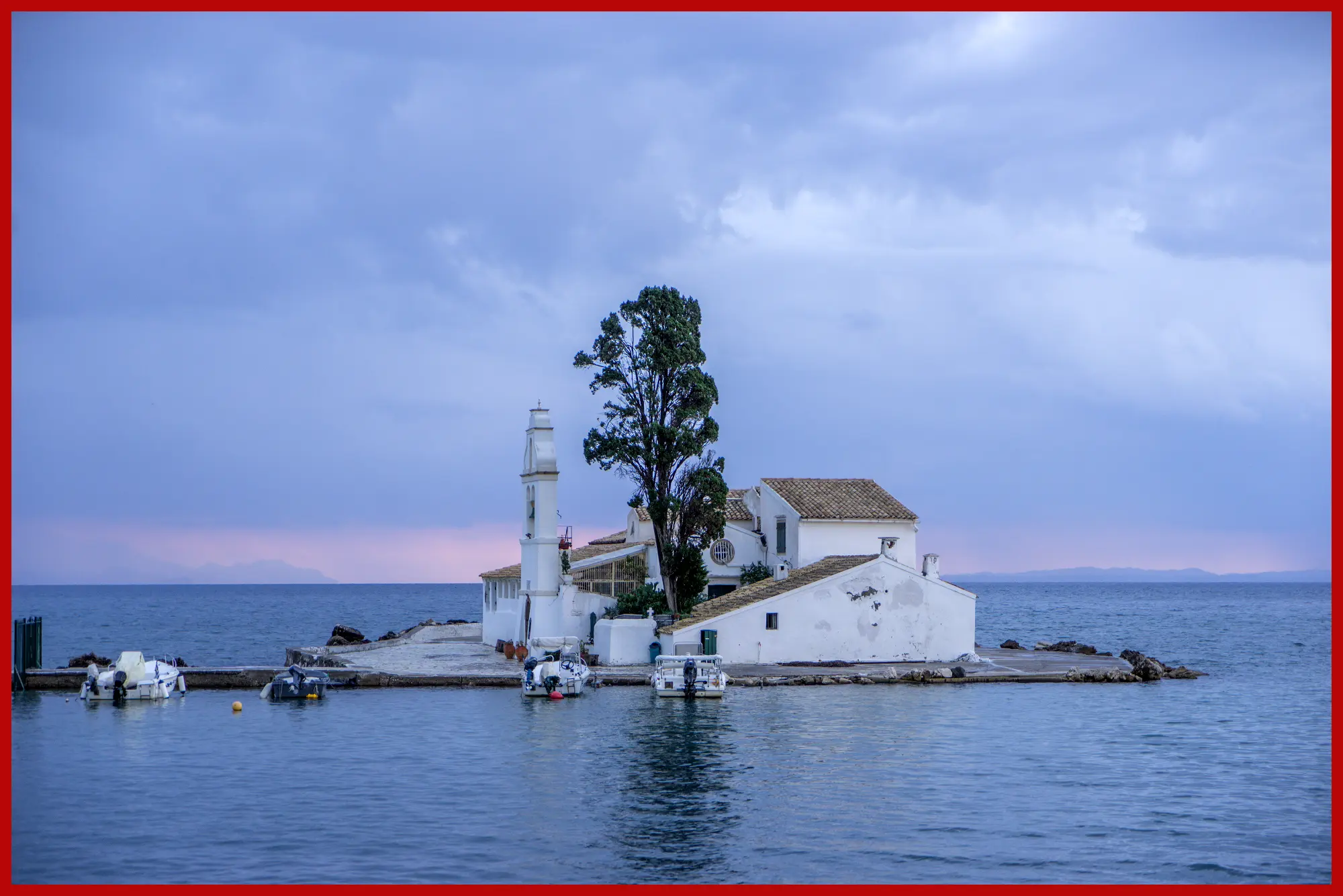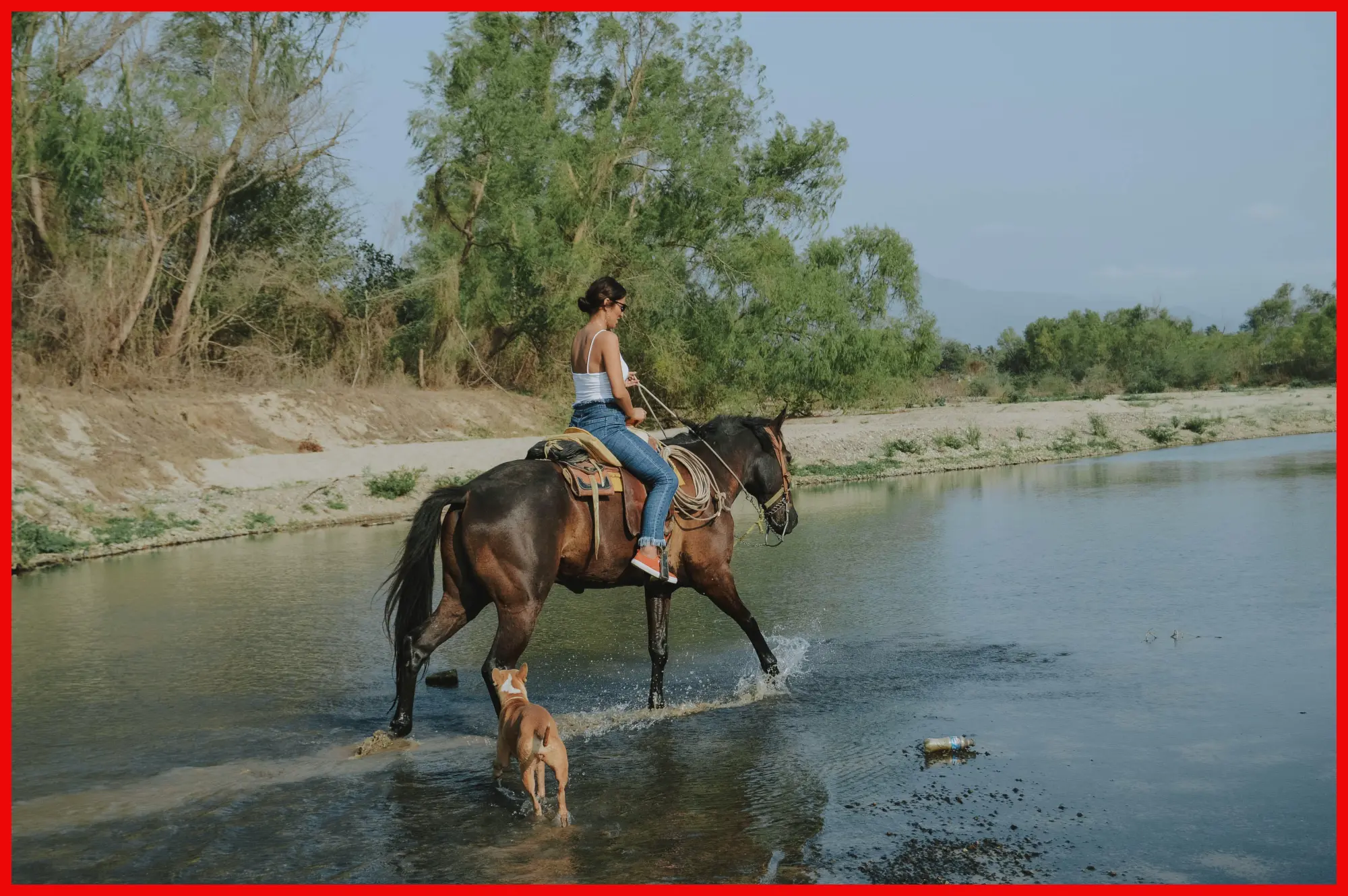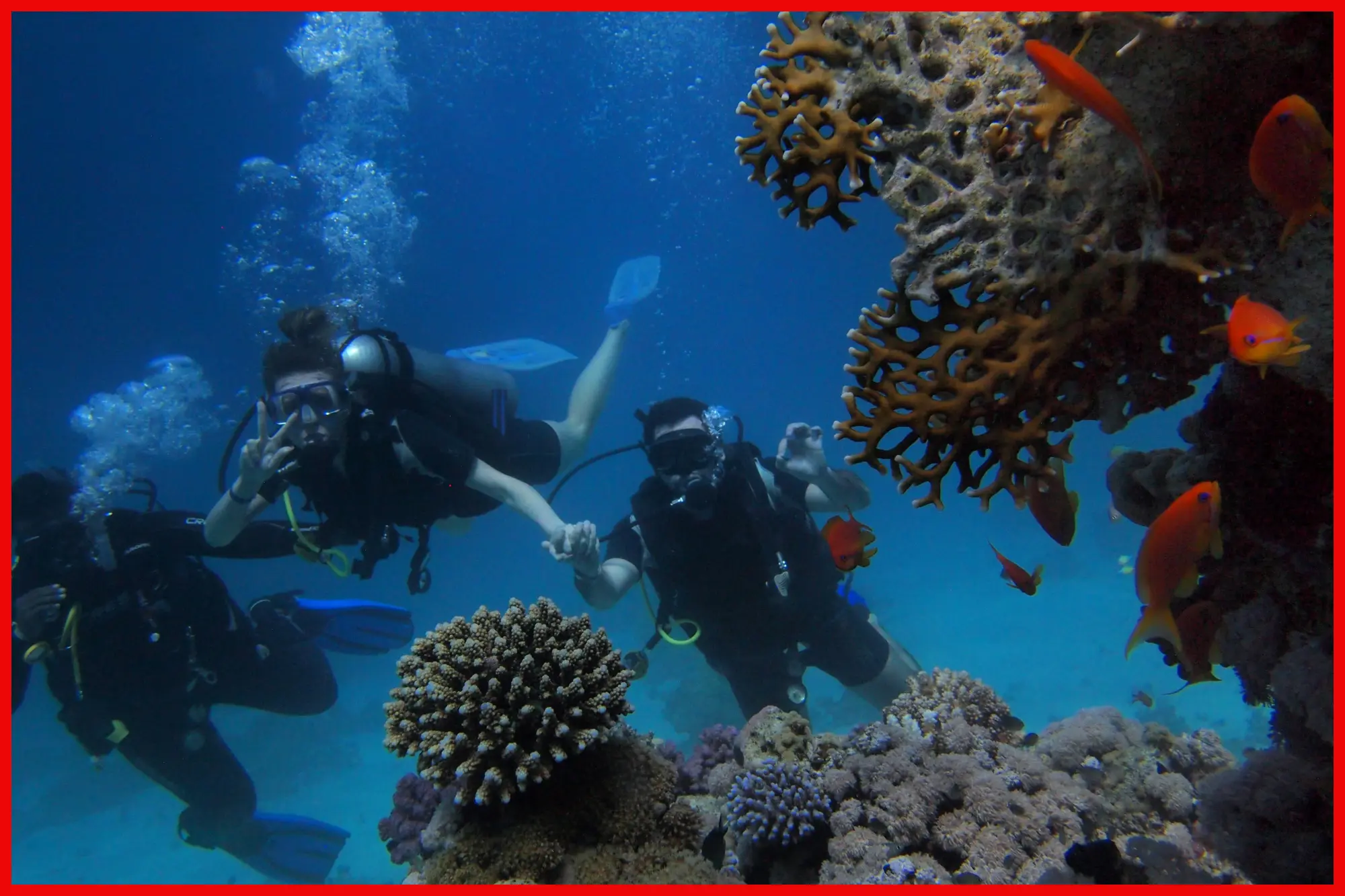Corfu town Kanoni, Mouse Island, Vlacherna Monastery Private Tour
Explore Corfu’s Kanoni and Mouse Island
Embark on a captivating private tour of Corfu’s Kanoni and Mouse Island, where natural beauty and historical charm converge. Kanoni offers breathtaking vistas of the Ionian Sea, while Mouse Island beckons with its intriguing legends and panoramic views. With exclusive access and expert guidance, delve into the rich history and picturesque landscapes of these iconic landmarks.
Discover Achilleion Palace, Kanoni, and Corfu Old Town
Immerse yourself in the splendor of Corfu’s Kanoni with a private tour that unveils the treasures of Achilleion Palace and the enchanting Corfu Old Town. Explore the opulent halls of Achilleion Palace, once home to Empress Elisabeth of Austria, and marvel at its neoclassical architecture and lush gardens. Then, wander through the narrow streets of Corfu Old Town, a UNESCO World Heritage site, and soak in its timeless atmosphere, adorned with Venetian, French, and British influences. This comprehensive tour offers a captivating journey through Kanoni’s cultural heritage, blending myth, history, and architectural marvels.
Vlacherna Monastery: All You Need to Know BEFORE You Go
Prepare for an unforgettable visit to Vlacherna Monastery with essential insights into its storied past and spiritual significance. Perched on a verdant hillside overlooking the azure waters of the Ionian Sea, the monastery exudes an aura of tranquility and reverence. Learn about its origins as a humble hermitage and its transformation into a revered pilgrimage site, dedicated to the Virgin Mary. Marvel at the intricate frescoes adorning the walls of the Panagia Vlacherna church, a testament to Byzantine craftsmanship and devotion. Whether you seek solace in prayer or simply wish to admire its architectural beauty, Vlacherna Monastery promises a soul-stirring experience.
Top Sights Near Vlacherna Monastery
Venture beyond Vlacherna Monastery to uncover the hidden gems of Corfu’s Kanoni region. Explore the imposing walls of the Old Venetian Fortress, a testament to the island’s tumultuous history and strategic importance. Stroll through the bustling corridors of the Corfu Old Town Bazaar, where vendors peddle a kaleidoscope of artisanal wares and local delicacies. Retreat to the tranquil oasis of Royal Baths Mon Repos, once favored by Corfu’s aristocracy for its therapeutic waters and scenic vistas. Conclude your journey with a visit to Corfu Airport, a gateway to the island’s wonders, and bid farewell to this enchanting corner of Greece, enriched by its timeless beauty and cultural heritage.
F.A.Q’s
Q: How old is the Vlacherna Monastery?
A: The name “Vlacherna Monastery” can refer to two different monasteries in Corfu:
-
- The white church perched on Mouse Island: This structure isn’t actually a monastery; it’s a small Byzantine chapel dedicated to the Pantokrator. Its age is estimated to be around 700-800 years old, dating back to the 13th century.
-
- The Vlacherna Monastery on the Kanoni Peninsula: This iconic white church on a small islet, connected to the mainland by a causeway, was built in the 17th century, making it around 300 years old.
according to most sources.
Q: Who is the small church of Panagia Vlacherna dedicated to?
A: While the small church of Panagia Vlacherna in Corfu Kanoni isn’t dedicated to a specific individual, it takes its name from the Virgin Mary, specifically the Theotokos Vlachernaitissa icon. This icon is associated with the Blachernae Monastery in Constantinople and holds significance for the Greek Orthodox Church.
So, although not dedicated to a single person, the name “Panagia Vlacherna” signifies its dedication to the Virgin Mary through the specific Vlachernaitissa icon.
Q: What is the significance of Mouse Island?
A: The significance of Mouse Island in Corfu, also known as Pontikonisi, is multifaceted:
Visually Striking:
-
- Picturesque Landmark: It’s a tiny, verdant island topped with a quaint Byzantine chapel, creating a striking visual that’s become synonymous with Corfu. It’s a popular spot for photographers and tourists seeking charming snapshots.
-
- Mythological Inspiration: Its shape, resembling a mouse from certain angles, has sparked imagination, leading to captivating legends. One recounts it being Odysseus’ petrified ship, punished by Poseidon.
Cultural and Religious Significance:
-
- Historical Chapel: The 13th-century church of Pantokrator on the island stands as a testament to Corfu’s rich religious history and Byzantine influence.
-
- Annual Celebration: On August 6th, a vibrant religious festival (panigiri) takes place on the island, showcasing local traditions and attracting many visitors.
-
- Symbol of Hope: Some locals associate the island with hope and making wishes, further enhancing its cultural significance.
Touristic Destination:
-
- Easy Accessibility: Short boat rides from the mainland make it readily accessible, contributing to its popularity among tourists.
-
- Peaceful Escape: Despite its popularity, the island offers a tranquil escape compared to busier areas, providing a moment of serenity for visitors.
In summary, Mouse Island’s significance goes beyond its size. It’s a beautiful landmark, steeped in myth and local lore, attracting visitors with its visual appeal, cultural importance, and peaceful atmosphere.
Q: What myths are associated with Mouse Island?
A: There are two main myths associated with Mouse Island (Pontikonisi):
1. The Ship of Odysseus: This widely known myth claims that Mouse Island is actually the petrified remains of Odysseus’ ship, “The Phaeacian Ship.” According to the story, after escaping Calypso’s island, Odysseus angered the god Poseidon, who unleashed a terrible storm. During the tempest, Poseidon turned the ship to stone, leaving it forever anchored offshore as a reminder of Odysseus’ hubris.
2. The Mouse and the Princess: This lesser-known myth tells the story of a beautiful princess who lived on the mainland overlooking the island. One day, she saw a tiny mouse struggling in the water and used her handkerchief to rescue it. As a reward, the mouse magically transported her to the island, where she discovered a hidden treasure. However, a curse stipulated that she could only leave the island if she married the first man she saw. Unfortunately, the first person she encountered was a humble shepherd, and ashamed of marrying him, she remained trapped on the island forever.
While both myths add a layer of enchantment to Mouse Island, their origins and popularity vary. The “Ship of Odysseus” is more famous internationally and aligns with the island’s shape, though it isn’t directly mentioned in Homer’s Odyssey. The “Mouse and the Princess” seems to be a more local legend with a touch of magic and cautionary elements.
Additionally, some believe the island’s name itself originates from its mouse-like shape when viewed from certain angles, but others argue it comes from the Greek word “pondikos,” meaning “mouse-like,” due to the presence of many small field mice in the past.
Whether you favor the epic adventures of Odysseus or the charming local tale, the myths surrounding Mouse Island contribute to its mystique and allure, making it a captivating landmark for visitors to explore.




